Understanding the Cloud and its related terms can lead to better security for your company data.

By BSS Staff
As more companies embrace remote work, reliance on the cloud to access company data becomes more important. The cloud has been around for 20+ years, yet many business owners still don’t understand what the cloud is, how it works, and many don’t trust that their company data is safe.
What is the cloud?
We often define the cloud basically as a secure data lockbox, accessible only to you, on a much bigger and faster server that you access via the internet. Instead of having a physical server in your own office (local), you’re accessing a server in a different location (remote--in most cases a data center run by Microsoft) with credentials that only you have. The mechanics to access your data are still the same: open the app or browser, login, and voila! Your data is there.
Now that we have a basic understanding of what the cloud is, there are a few related terms that are becoming part of our business conversations:
Cloud computing
Cloud computing is the act of using an application or browser to let users access programs, data, documents and other information stored on remote servers via an internet connection. Cloud computing is an umbrella term for different cloud services, some of which we’ll define below.
Cloud hosting
Companies that don’t have their own servers might pay to store data on virtual servers, a practice known as cloud hosting. Servers that are based in the cloud are accessible only via an internet connection. Businesses typically access cloud-hosted servers through software interfaces specific to their cloud-hosting service providers. An example of this is using QuickBooks Online: Files are stored in the cloud and accessed through the locally installed QuickBooks application.
Cloud backup
With a cloud backup, or online backup, a business sends its data to the provider’s servers over the internet. Platforms like Microsoft OneDrive allow you to set cloud backups to occur automatically. Cloud backup services are affordable because the business doesn’t need to purchase additional hardware.
Software as a service (SaaS)
SaaS, also known as “software on demand,” is a way of delivering business software via the internet so a company doesn’t have to buy licenses and install software on specific devices. You’ll usually pay for SaaS solutions monthly or annually, allowing companies with smaller budgets to have access to robust software packages with purchasing flexibility . Many business management packages are now available in SaaS form, including project management software.
Augmented reality (AR)
Augmented reality is the process of displaying digital content over real-world infrastructure, usually relying on handheld devices like smartphones and tablets. The hugely popular Pokémon GO game was an early example of AR gaming. Some business use cases include home furnishing apps that superimpose sofas and chairs into your living room or Virtual Design & Construction (VDC), which is 3D renderings of a construction site so builders can see exactly where walls, HVAC, and electrical will be placed.
Mixed reality (MR)
Building on AR principles, mixed reality allows real and digital objects to interact. Mixed reality encompasses everything from hand tracking to spatial mapping. AR is a subset of MR, as are holographic displays and headsets. MR is used in training programs for high risk industries like aerospace and engineering, and allows consumers to try a virtual demo before purchasing in retail.
__________
With a basic understanding of what the cloud is and commonly used terms, business owners can make clear decisions to create a data continuity roadmap and disaster recovery plan. Understanding the trends in IT connectivity, and whether it will include using the cloud for some or all of their business processes, will help move businesses into a more flexible and affordable future.
Some content reproduced from https://www.businessnewsdaily.com/4684-technology-terms-for-small-business.html









